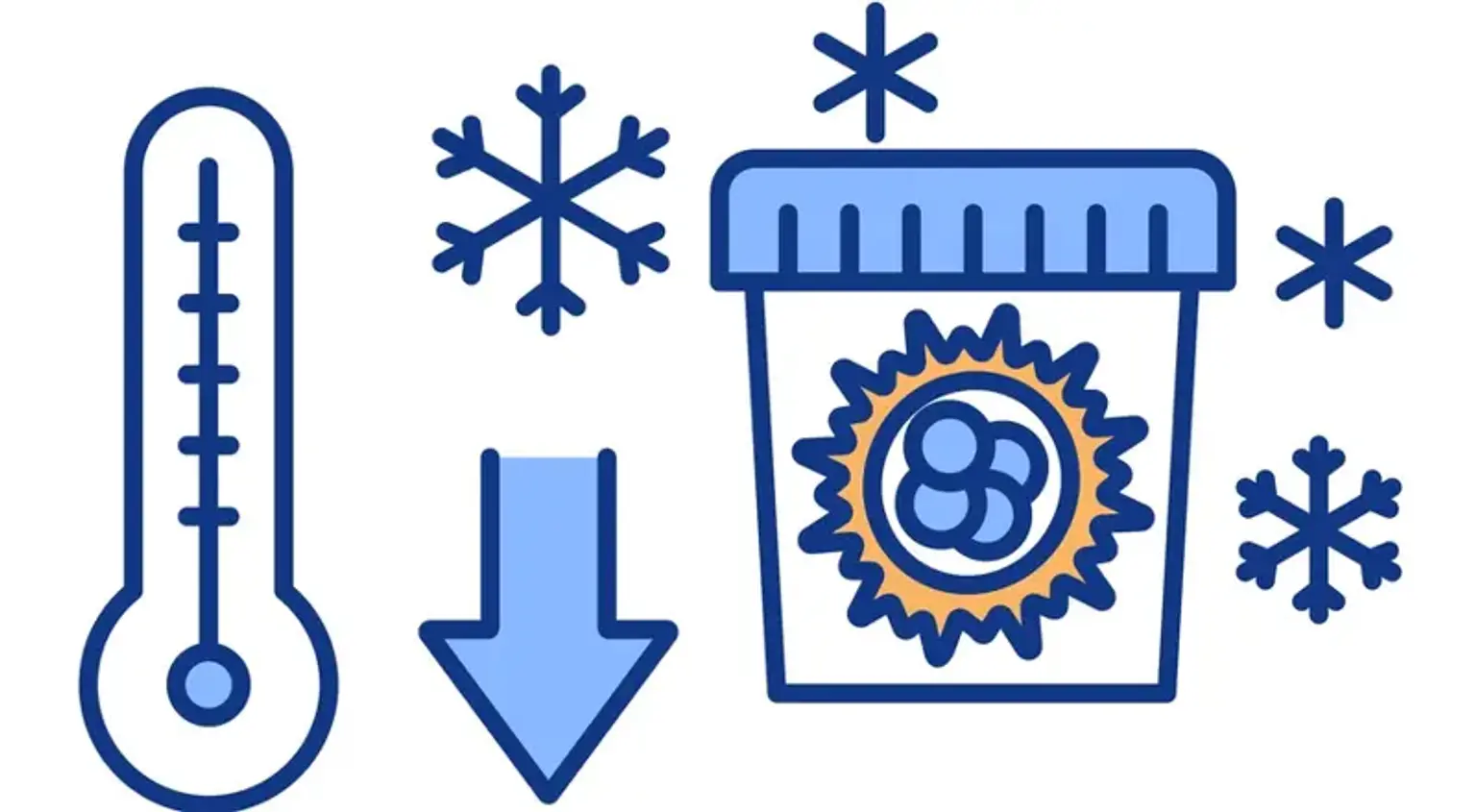Fertility Preservation
Overview
Infertility is a condition of the reproductive organs of men and women that inhibits one of the body's most basic functions—the capacity to bear children. And, unlike lung cancer or HIV/AIDS, individuals are rarely told of the very direct linkages between their behavior, choices, and reproductive health in the United States, despite the fact that 6.1 million people are infertile.
